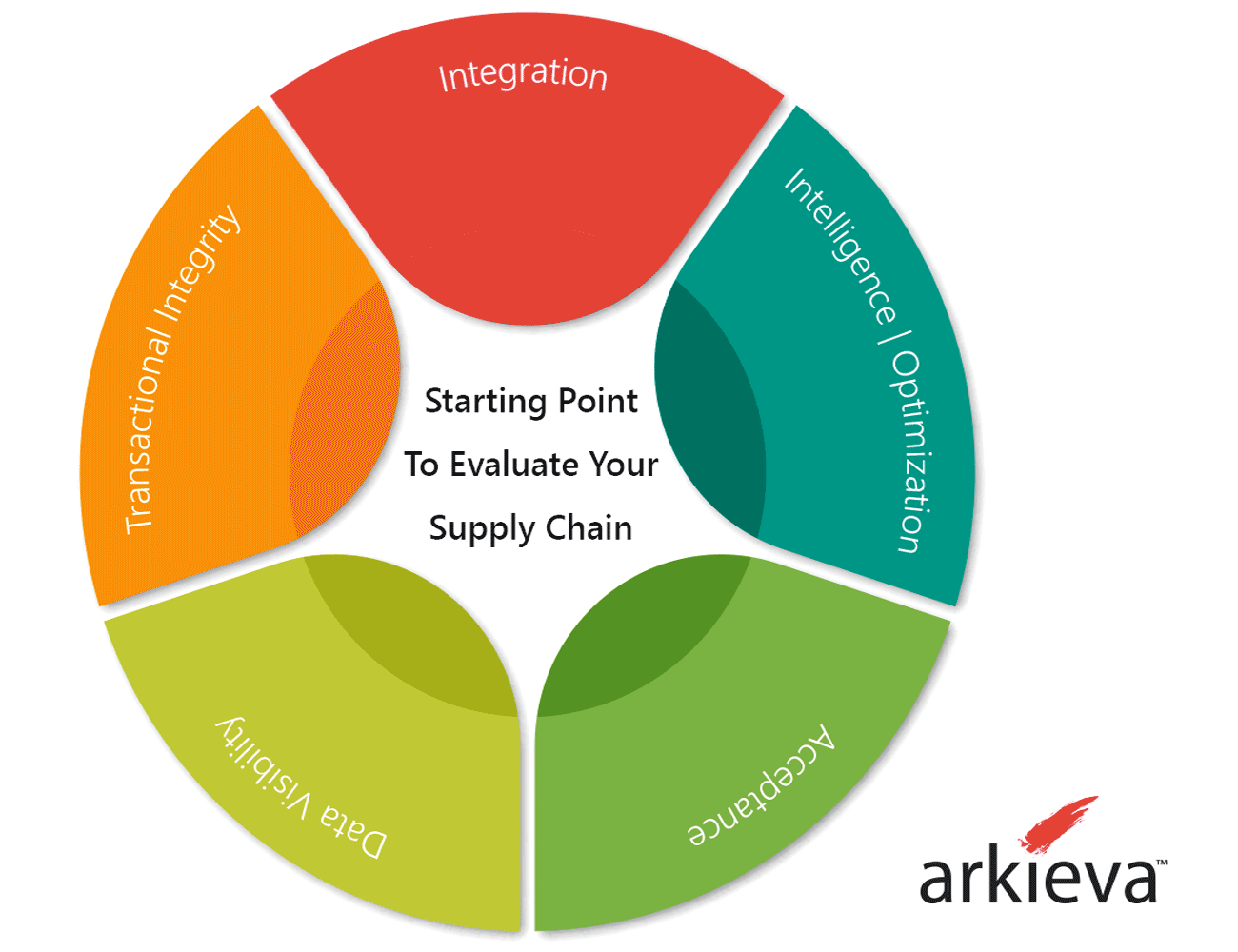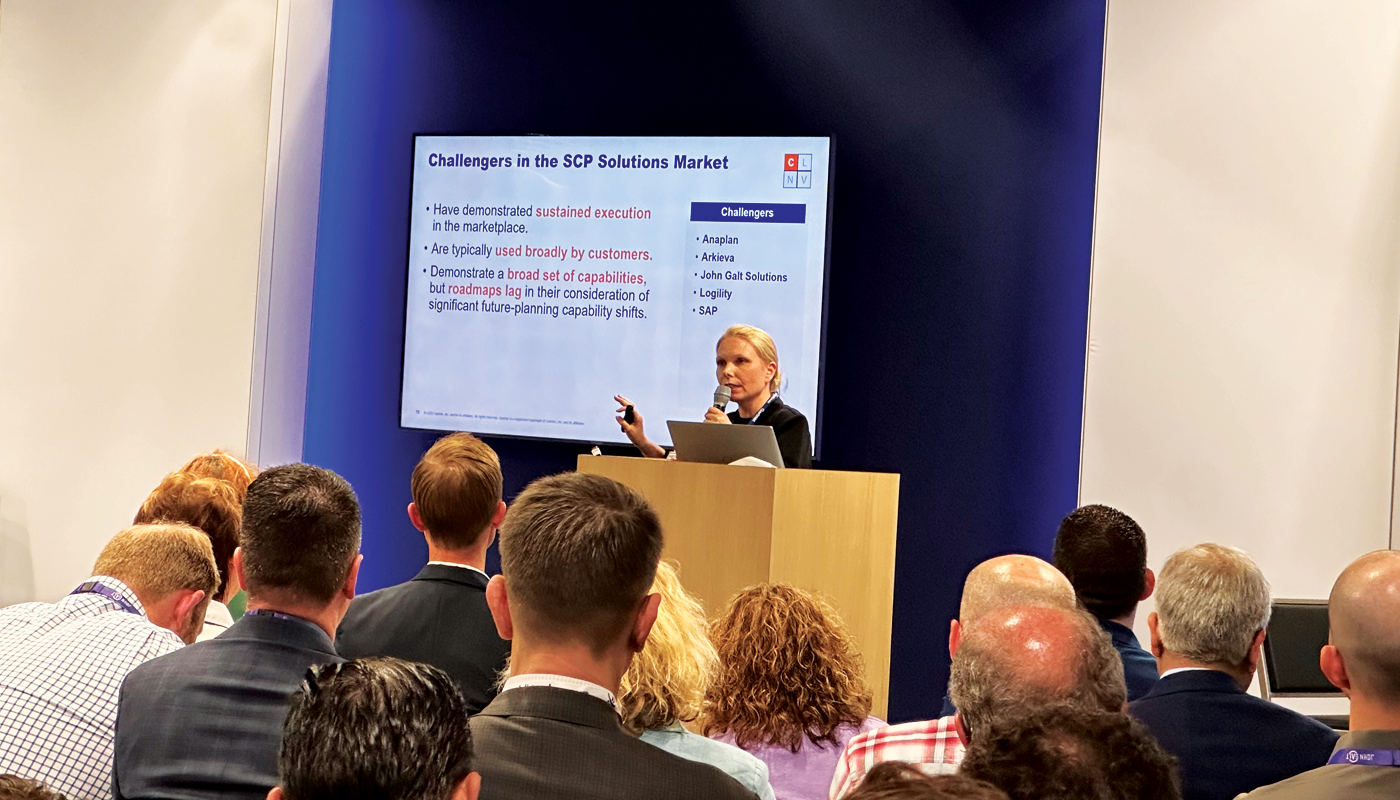
Thinking of assessing your supply chain efficiency in 2018? Here are a few quick tips to get you started.
If you are involved in the supply chain world, it’s possible that after creating your personal new year resolution list (which may have included how much you’ll live a healthier lifestyle), you may also have a list of supply chain process or efficiency improvement goals for 2018. An efficient supply chain involves continuous monitoring and process improvement to ensure that your customers are delighted and that you stay abreast with changing market conditions.
If you are looking to improve your supply chain management systems in 2018, you most likely have asked the common question:
How do I assess my current efficiency?
This is a good starting point for anyone looking to add functionality or identify loopholes within current processes. There is no single perfect method that meets all needs and has no flaws.
However, the good news is, supply chain assessments have proven to be very advantageous for many businesses.
Here’s a starting point for assessing supply chain efficiency.
Supply chain efficiency is primarily determined by the planning and decision-making processes because this affects how well a company can react to changing environments, it determines how well resources are allocated to meet business goals. Planning processes are best assessed and compared to five dimensions: transactional integrity, integration, intelligence/optimization, acceptance, and data visibility.
[Read More: Forget the Supply Chain of 2020. Here are 3 Things That Supply Chains Need Today.]Five Key Supply Chain Assessment Areas

Click here to view full graphic
Transactional integrity: This refers to how well the transactions within the ERP system represent the current state. For example, if the transactions are “batched” (entered once a day or less frequently), the system does not have the same level of integrity as an ERP system where transactions are updated in real-time or near real-time.
Integration: The level of integration within planning processes is determined by looking at the extent of the supply chain that is simultaneously planned. Simultaneous planning of purchasing, transportation, inventory, and manufacturing, indicates a high level of integration.
Intelligence/optimization: This refers to whether or not the planning options are quantified. The greater the depth and breadth of the quantitative framework used for planning, the higher the level of optimization. This does not refer to the use of any specific computational methods.
Acceptance: Acceptance of supply chain planning refers to the extent to which planning processes are institutionalized or standardized.
Data Visibility: This type of assessment refers to the extent to which the data is available and usable by supply chain planners. A high degree of data visibility indicates that schedules, inventory levels, future plans, and costs are readily available and accessible.
[Read More: How to Perform a Supply Chain Management Assessment]In the end, depending on the business involved, an assessment may focus on one or two of the areas listed above. It’s also essential to note that, some areas of improvement are not mutually exclusive. For instance, you may not be able to achieve your data visibility goals if your systems are not integrated or if you don’t have the right data integrity processes in place.
Enjoyed this post? Subscribe or follow Arkieva on Linkedin, Twitter, and Facebook for blog updates.





